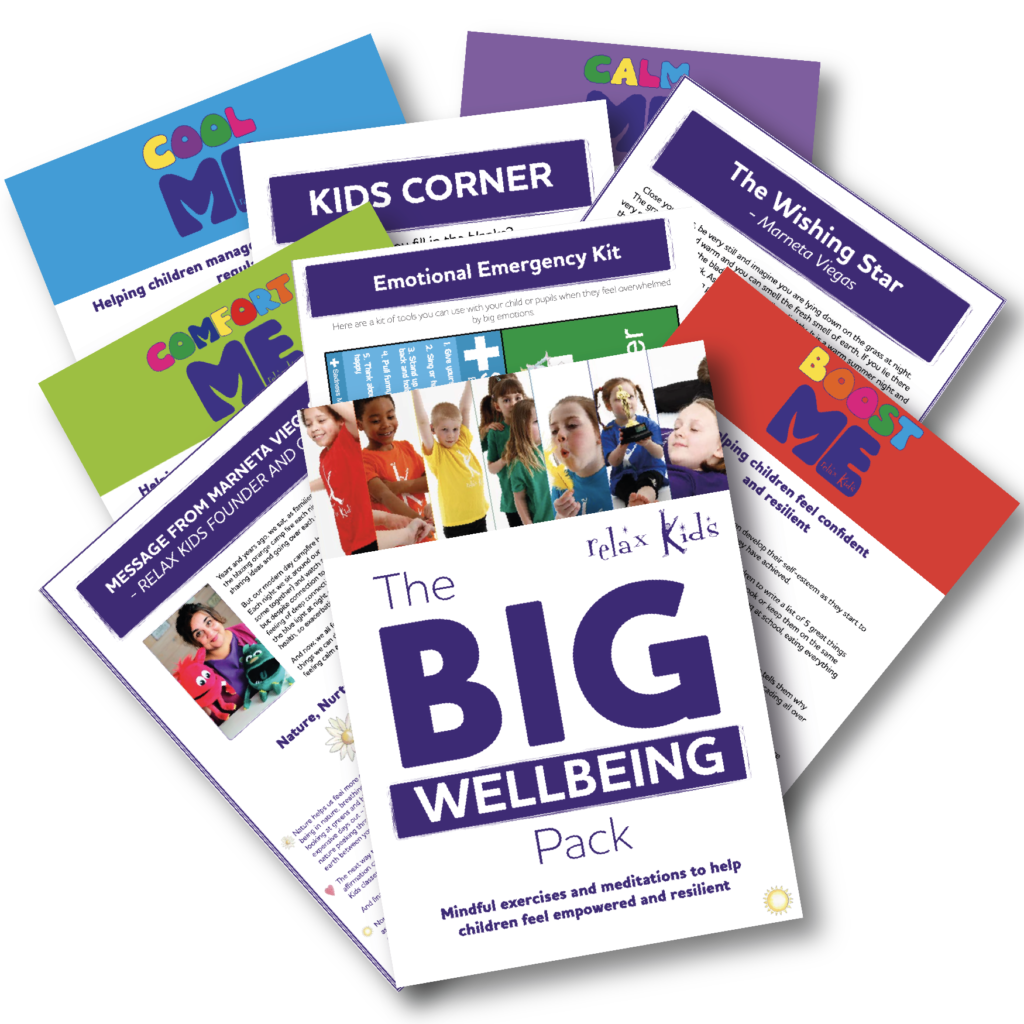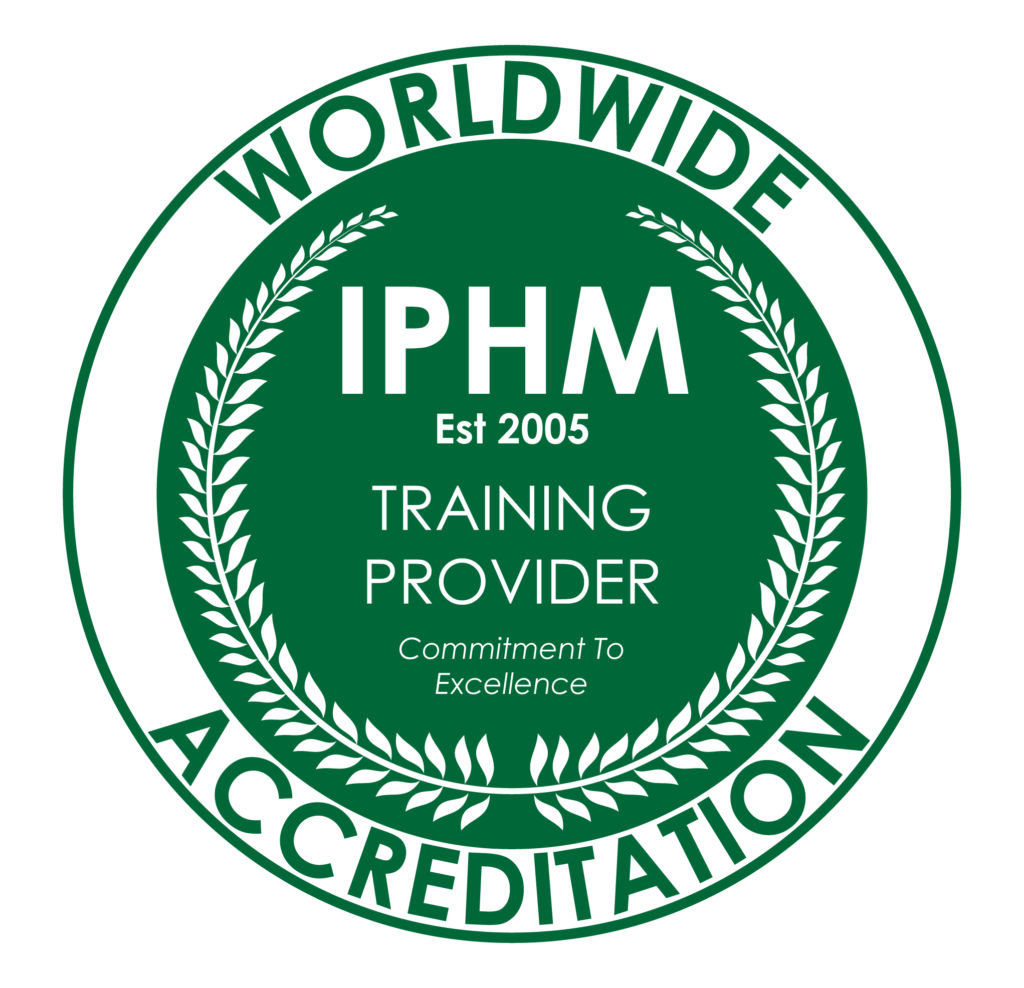[cjtoolbox name="Current Coach"]
Self-regulation resources and training to support children’s mental health
Self-regulation resources and training to support children’s mental health

Bedtime tips for children with ADHD
There have been a number of studies showing that relaxation is effective in improving the behaviour of children with ADHD. Relaxation training has been found to be the most effective treatment for children with externalising behavioural disorders, including ADHD *(1).
Relaxation techniques have been proven to be useful skills in minimising dysfunctional behaviour, reducing stress and anxiety levels, treating headaches, encouraging reading achievement, improving self-concepts, and enhancing self-esteem.*(2)
Regular relaxation breaks can help bring stability and calm to the household as well as benefit your child both physically and mentally. Relaxation can improve children’s concentration, anxiety and stress levels as well as helping children sleep.
Here are a few tips to help families living with ADHD improve bedtimes for the whole family:
1. Food – Avoid giving sugary drinks and snacks or caffeine towards the end of the day
2. TV and games – Keep TV, videos and games to a minimum as night approaches and encourage quieter activities such as crafts and gentle board games.
3. Routine – It is important to create a good routine. Set a nightly routine and stick to it.
4. Relaxation- At bedtime, ask your child to lie on their back with their arms by their side and feet and ankles relaxed. Play some soothing music while you stroke their hand or forehead. You could try holding their feet gently by placing your thumbs in their insteps. This can be very calming. Let your child put their hand on their stomach and tell them to breathe into their stomach. Ask them to watch their stomach go up and down as they breathe deeply.
Here are some relaxation exercises to try with your child:
Rock – Imagine you are a rock in the ocean. As you lie there, feel yourself becoming more and more still and calm. Say to yourself ‘I am still, I am still, I am still, I am still’. As you stay as still and calm, see if you can listen to all the sounds around you. Stay as still and focussed as you can as you listen to all the sounds around you. How still can you be? Keep practicing this often and watch how your concentration and focus improves.
Whenever you feel tense and anxious, tighten all your muscles as tight as you can and then relax them. Notice the difference and how you feel when you relax your muscles. See if you can let your shoulders and jaw go and just relax.
Butterfly – Imagine there is a butterfly on your chest. Each time you breath in and out, the butterfly gently rises and falls again. Breathe in, breathe out, breathe in, breathe out.
Positive Self-talk – Repeat to your self ‘I am calm’ ‘I can stay still and concentrate’ I am calm and peaceful.
If you find these exercises useful, why not send your child to a Relax Kids class? Our trained coaches will teach your child simple relaxation exercises, as well as fun affirmation games and more.
Find your nearest coach using our to help your child learn to relax at home…Try our https://relaxkids.com/product/quiet-spaces/ Quiet Spaces CD, with a selection of 16 deeply calming meditations which incorporate the relaxation techniques proven to help children with ADHD.
This CD can be used in the bedroom, during bath time, in the car, after dinner, or downloaded as an MP3 to use when you’re out and about.
The Quiet Spaces CD teaches children simple breathing exercises, muscle relaxations and visualisations; that they can use to help themselves calm down.
<*(1) Weisz, J; McCarty, C; Valeri, S. (2006). Effects of psychotherapy for depression in children and adolescents: A meta-analysis. Psychological Bulletin. 132 (1), 132-149.
*(2) Margolis, H. (1990). Relaxation training: A promising approach for helping exceptional learners. International Journal of Disability, 37(3), 215-234.
Apply Now!
Relax Kids Training


By submitting this form you agree to the Terms and Privacy Policy of Relax Kids Ltd
RELAX KIDS LTD
Merchant House
5 East St Helen Street
Abingdon
OX14 5EG
+44(0)7778 435743
Latest News
New Stories
Affiliate
Become an Affiliate

